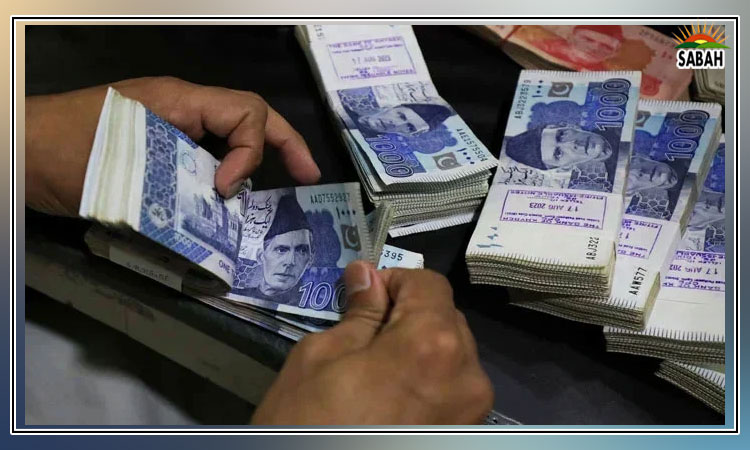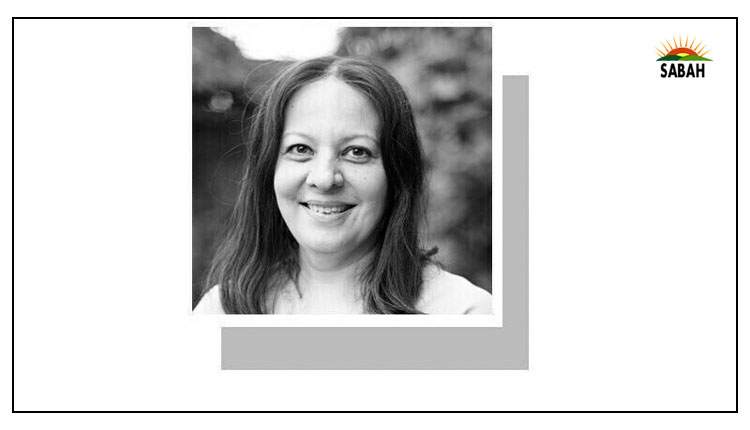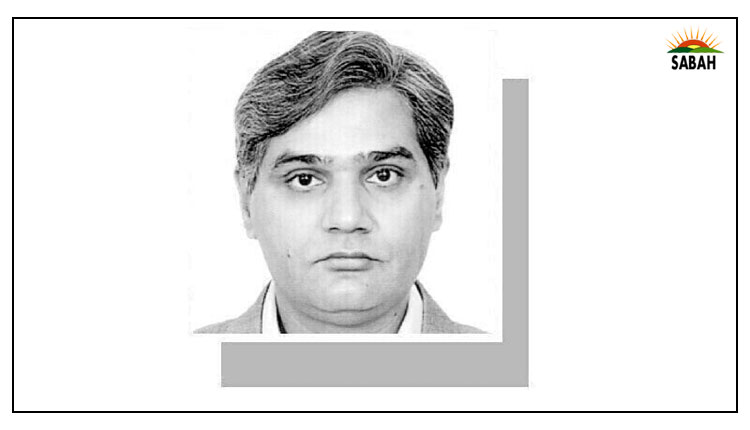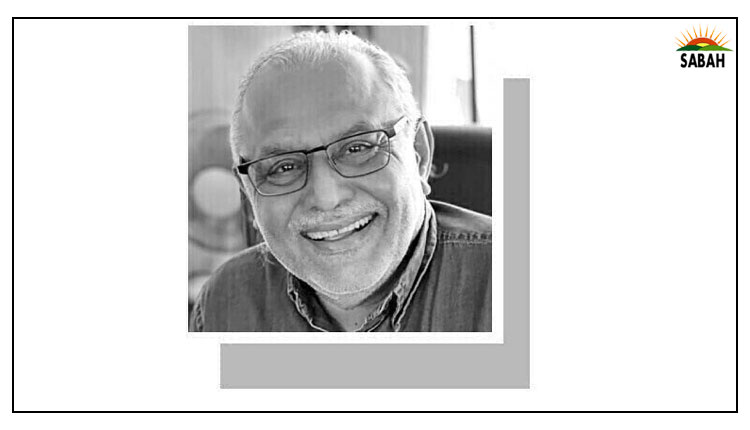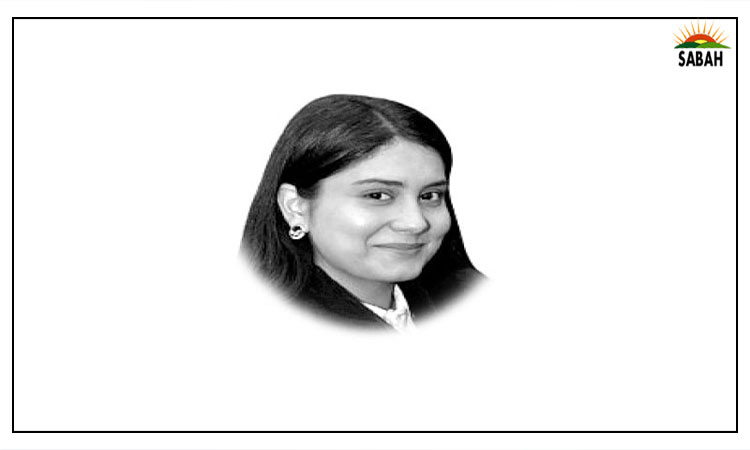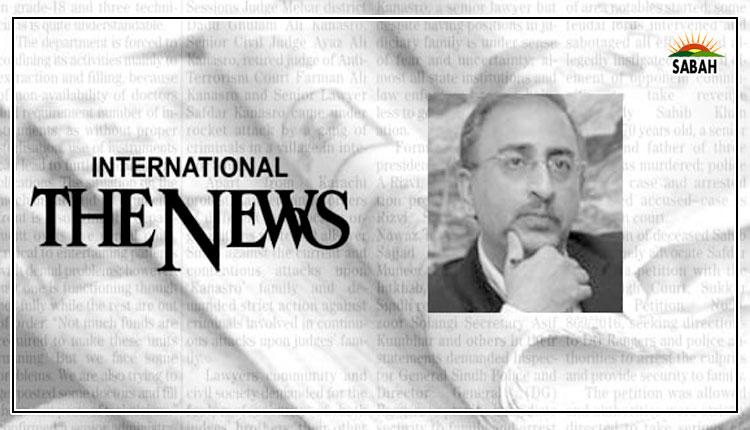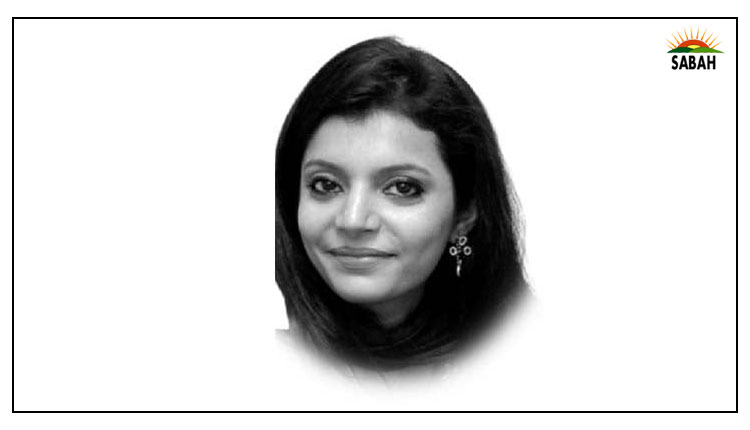Navigating the challenges of girls’ education in Pakistan…Saira Batada
Development relies heavily on education, and Pakistan provides both boys and girls with high-quality education in line with Sustainable Development Goal 4. Despite the achievements, problems still exist, particularly about the standard of education. Concerns have increased because of Covid-19 and the 2022 floods; 79 per cent of 10-year-olds are thought to have trouble reading a simple paragraph.
When it comes to getting a good education, girls face unique obstacles that cause them to lag their male counterparts in terms of schooling. To improve Pakistani females access to education, this article critically examines the problems and suggests some remedies.
Key figures show that womens education in Pakistan faces major hurdles. There is a significant gender disparity in educational access, as evidenced by the fact that the net enrolment rate for females is around 49 per cent lower than that of boys. This inequality is especially noticeable in rural areas, when girls educational chances are further restricted by sociocultural norms and financial limitations.
A significant obstacle to womens education is early marriage, as 21 per cent of girls get married before turning 18, which raises the dropout rate. Girls secondary school enrolments rates decline sharply as they advance in their schooling, suggesting issues with girls secondary school accessibility and availability.
A staggering 12 million girls, exceeding the number of out-of-school boys, face barriers to education in Pakistan. Targeted interventions are needed, such as tailored programmes for young kids who dropped out recently and literacy programmes for teenagers who left the system years ago. Additionally, expanding successful public-private partnerships (PPPs), like those in Punjab, and better managing public schools in rural areas can significantly contribute to enrolments.
In higher education, the number of female students enrolled exceeds that of male students. Sixty-two per cent of the 296,832 students enrolled in degree-granting programmes at public sector universities are women and 38 per cent are men. Remarkably, a very small percentage less than 1% attend schools located in rural regions.
Pakistans cultural fabric frequently prioritises conventional gender norms, which prevents women from pursuing higher education. Programmes for community participation that dispel prejudices and emphasise the value of female education are necessary to overcome this obstacle.
The growth of human civilisation is fundamentally shaped by education, which not only initiates personal knowledge and awareness but also provides a complete plan for the advancement and change of society. Linked closely to womens capacity to create social relationships based on equality and achieve the vital social good of self-respect, education plays a pivotal role in facilitating mobility, health, and protection against domestic abuse. Education is a great weapon for Pakistani women and plays a vital role in their labour market participation. Education reduces conventional gender roles by giving women the confidence to participate in decision-making processes in male-dominated families. This opens the door for more women to work in paid occupations that support the countrys economy.
Particularly for women, there are connections between many facets of human growth and schooling. Setting womens education as a top priority not only changes their status but also has a knock-on effect on several fronts, including nutrition, community empowerment, health and elimination of child labour and exploitation.
Poverty exacerbates gender gaps in education, with girls in poor families 22 percentage points less likely to attend school than boys. Financial support programmes, especially in rural areas, can help alleviate this challenge. Expanding and consolidating conditional cash transfer programmes, differentiating by gender and rural areas, could be instrumental in closing these gaps.
Security concerns, including harassment on the way to school, significantly impact girls education. Improving transport services, especially for girls and female teachers, and ensuring safe school environments, such as constructing boundary walls, are essential steps to address this challenge.
While Pakistan has demonstrated increased enrolment, sustained progress requires a comprehensive approach. Unprecedented challenges call for both targeted and untargeted programmes based on cost-effectiveness, scalability and new research insights. Adequate funding, currently at 2.5 per cent of GDP, must be increased to 4.5 per cent, according to World Bank estimates, to bridge educational gaps and ensure quality education for all, especially girls. The journey towards educational equity demands continued commitment, strategic interventions and collective efforts to secure a brighter future for all children in Pakistan.
When it comes to Pakistani women, education is a driving force for revolutionary change, particularly in the job sector. By gaining information and skills, education gives women a role in decision-making processes inside households that have historically been dominated by men. As a counterbalance, this empowerment lessens the impact of men on womens engagement in paid work, significantly boosting the countrys economy and improving the status of women in general.
In conclusion, womens education serves as both a catalyst for society advancement and a tool for personal growth. It has a profound effect on peoples lives as well as the dynamics of society and the economy. Making womens education a priority is not just a question of social justice, it is also a transformative force that has the power to positively impact many aspects of human development. For areas where education is a problem, thorough policy changes and quick action are necessary to guarantee a better and more equal future for women and society at large.
Courtesy The Express Tribune




